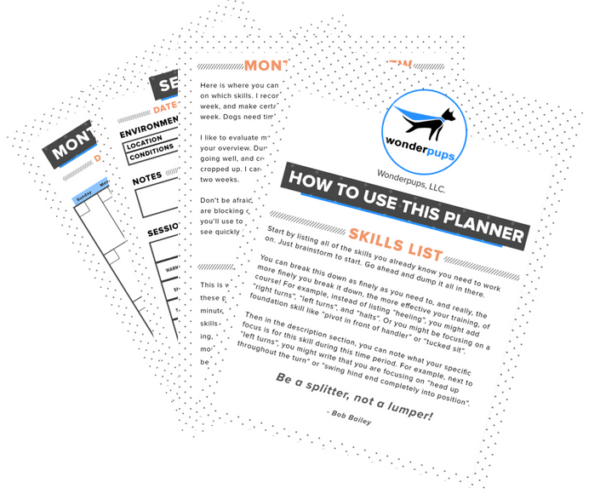This past week I got to spend some time in Washington state. Visiting my friend, Shade Whitesel, and hanging out and doing a little training with some of my awesome Zero to CD students.
But the main purpose of my trip was attending the Grand Opening of The Ranch (capitalized) with Ken Ramirez.
I got to tour The Ranch, meet the animals, play with some mini donkeys and baby goats (none of which Ken let me name).
One thing that was the most interesting to me, was seeing how the team at The Ranch have set up the spaces with the barns and pens, to accommodate good training practices. Ken and his team have put a lot of thought into the fencing and gates, identifying reinforcers for the animals, and setting up enrichment opportunities.
Check out this video that shows how they’ve modified one of the farm gates to allow convenient, protected contact training with the mini donkeys.
But you know what really caught my attention?
The white board.
It was enormous.
Actually, they have SEVERAL whiteboards. And as you know, I am a big fan of whiteboards. I own several… though none of mine are nearly as spacious as Ken’s (which basically means I’m due to make a trip to the office supply store soon).
But why do I love whiteboards so much? They are an incredibly dorky and nonsensical thing for a dog trainer to get excited about. I agree. But it follows kind of nicely along with the recent episodes on how to split behavior and make a training plan. Whiteboards play a big role for me in exactly how I turn those concepts into practical application. There’s a critical logistical component to actually following through!
The two main ways I use whiteboards for my training are:
1: As a tool to brainstorm and plan my training sessions.
a) Often combined with sticky notes.
2: As a big fat cue to keep me focused by keeping my priorities right in my face on a daily basis.
Mentioned:
